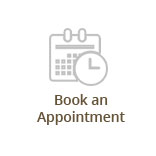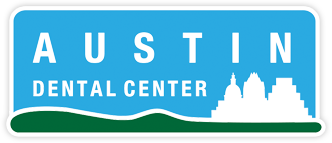The row of colorful plastic and synthetic bristles can almost be mesmerizing. They bend, flex, spin, and shake, but how is one supposed to know what movement, what shape, what brush is the best? If you ask yourself this question each time you are in need of a replacement, you are not alone.
Trying to discern what is best for your teeth is a trying task, but here are a few hints to make the process a little simpler.
Size does matter. When it comes to picking the right dental tool, it is essential that you reach for the one that will comfortable fit in all corners of your mouth. A long handle with an average-sized head is likely the best. Though many toothbrush manufacturers have been creeping toward a trend of larger brushes, these can be difficult to navigate through the mouth comfortably.
It is also important to choose the right style of bristles. Even with electric toothbrush heads, there is often to choice of bristle density. Hard bristles can be harmful to the gums, causing more problems than they prevent, so it is always wise to opt for a softer bristle that will clean without irritation. Bristles with rounded tips are also superior for much the same reason.
The final question you are likely to ask is, ‘manual or electric?’ There are mixed reviews on this topic and for good reason. Electric toothbrushes, which can be costly, do provide more strokes per second, which may mean more plaque busting for your time. Even this point is argued however, as many in the field feel that good brushing habits make either style of brush equally as effective.
Ultimately, it is a decision of preference. Choose the type that makes you happy and stick with it. As long as you brush and floss well at least two times per day, you will be doing fine.
You can learn more









Leave a Reply
You must be logged in to post a comment.